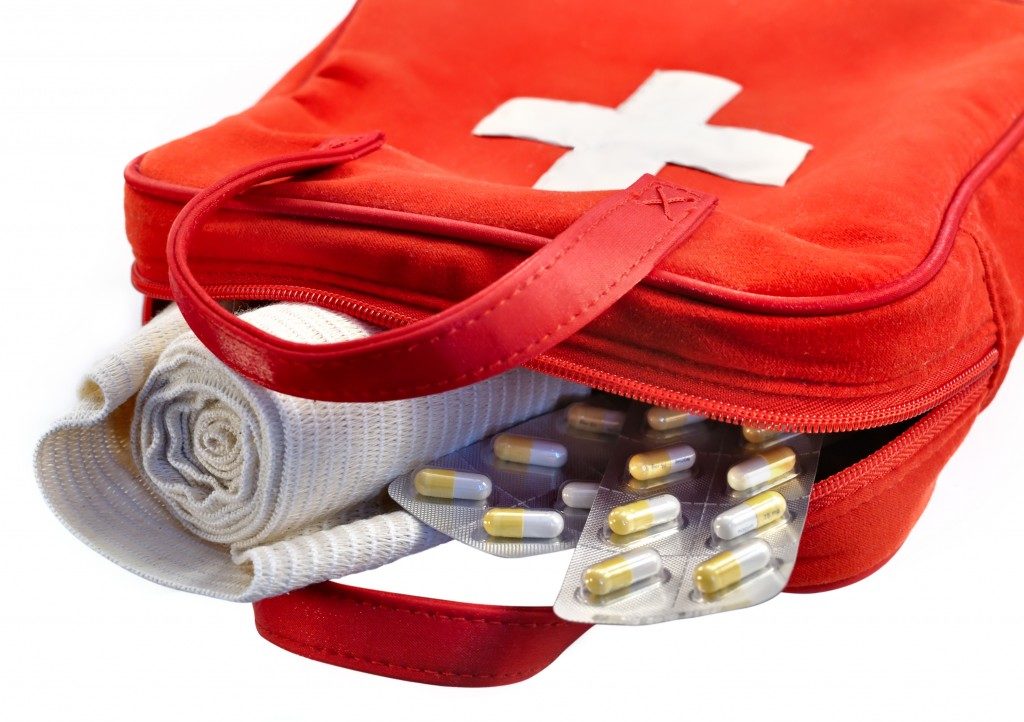No matter how cautious you are, emergencies are still bound to happen. Undesirable situations can’t always be prevented, especially those caused by natural conditions. It only makes sense then to be prepared so you can effectively deal with emergency situations.
A particular way to do so is by having an emergency kit ready on hand. Of course, you’ll need a complete kit at home, but outside the safety of your haven, you’re more susceptible to danger. This is why it’s indispensable that you also create emergency kits to be kept in other areas aside from your house.
In this guide, we’ll enumerate essential items to be included in all of your emergency kits.
Car
Needless to say, if your primary mode of transportation is your car, you must store an emergency supply kit in its trunk. According to the National Safety Council, this should consist of objects like an inflated spare tire, tripod jack, and wheel thread. Some drivers even have jumper cables, a tool kit, flashlight with extra batteries, compass, first aid kit, non-perishable food items, drinking water in bottles or packets, fire extinguisher, and a rain poncho.
Moreover, it’s best to equip your vehicle with emergency car accessories such as blind spot mirrors, flat tire sealers, slot mount for your electronic devices, wireless key finder, multi-port USB charger, and a sunshade.
Take note of the phone numbers of your family members and local authorities as well as your automotive insurance provider. If you have special needs like a rare blood type or a health condition, write this info down or have it printed on a card and keep it in your wallet.
Lastly, check your supply kit at least every six months so you can make necessary changes or replace expired and damaged items. During the winter season, you should also include additional items to combat weather conditions.
School

If you have kids, it’s vital to put together an emergency school kit for them. Include documents like a paper with emergency contacts, your home address, your child’s medical information, and your family emergency plan. A copy of your kid’s health insurance may also come in handy.
A special comfort item like a toy and a family photo can also be added so your child will feel calm and secure under bad situations. A mini first aid kit with personal medications in case your child has an illness or allergy is also important.
Furthermore, it’s helpful to check with your child’s teacher or the school principal if the administration adheres to specific state-mandated regulations and standards. For instance, in Kansas, childcare and education facilities are required to develop emergency plans. In fact, in Wichita, the school district implemented several security measures in 2018 to heighten safety in academic institutions.
Office
Lastly, it’s important to keep an emergency kit in your workplace. Fill these with basic items that can last for at least three days. These include food items, water, and water purification tablets, a first aid kit, flashlight, phone charger, protective masks, whistle with lanyard, hand warmers, hand sanitizer, extra clothes, and other objects you deem essential. Keep them in a bag or container under your office desk or another suitable storage area.
Emergencies occur by nature, so you must always be well-prepared and equipped to safely overcome sudden trying circumstances.

